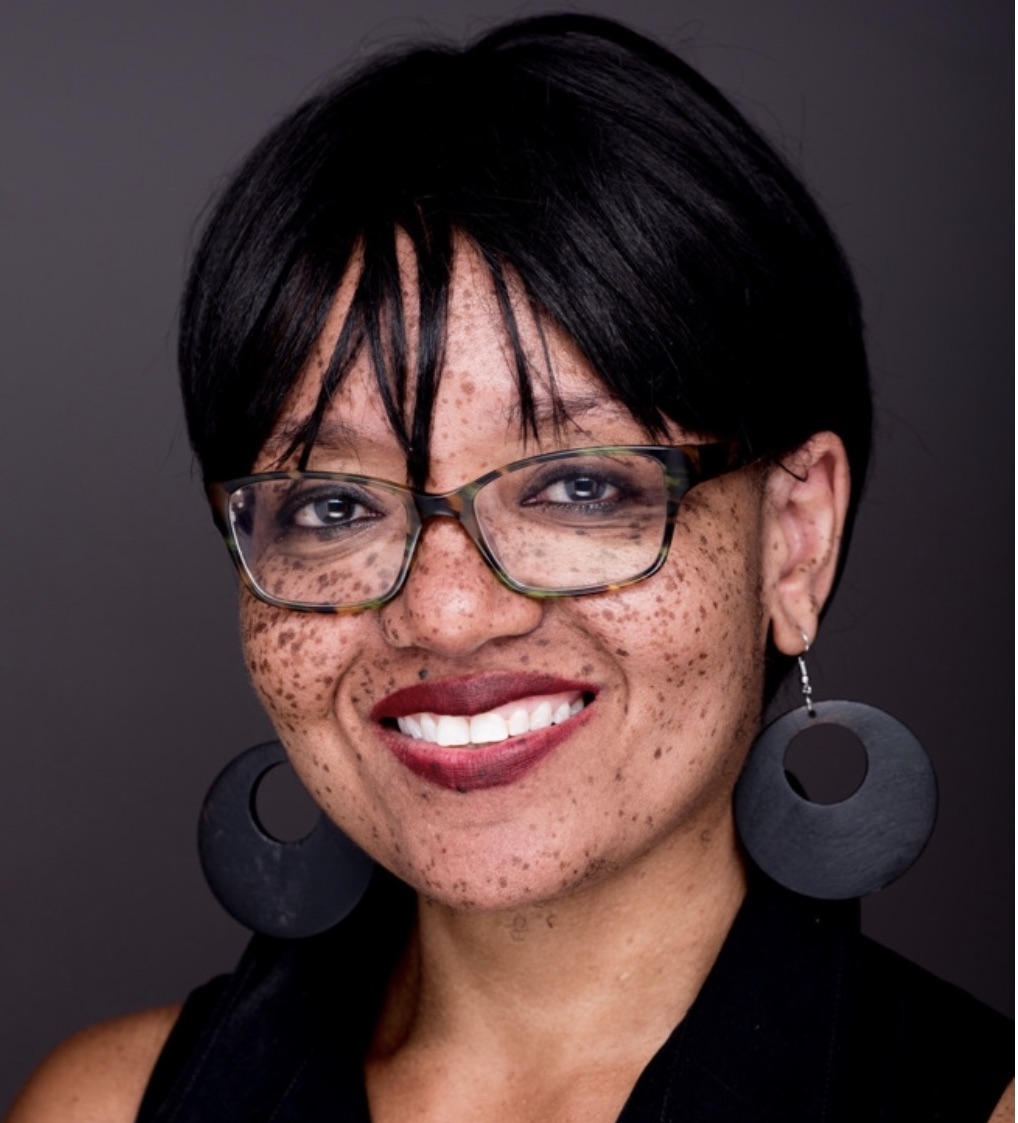
The rapid transformations educators made to serve the most vulnerable students as COVID closed schools should be an inspiration for making the K-12 system more equitable as the virus is controlled.
Educators have engaged in intense problem-solving to reduce inequities during these challenging times—such as by putting Wi-Fi hotspots on school buses.
This mindset should not be seen simply as a response to an emergency but should persist in educators’ efforts to reduce barriers to learning, said Lisa Williams, Baltimore County Public Schools’ executive director of equity and cultural proficiency, said in her Future of Education Technology Conference® keynote speech.
“I’m hopeful that you will take the learning from this moment, from this event, and you will be a champion for system transformation in all the ways we were able to figure things out and get it right to include more and more students—especially those most deeply and disproportionately impacted,” Williams said.
Resisting old norms
This work begins with recognizing how long-standing inequities in education, healthcare, housing and other aspects of society have impacted students and families, Williams said in the talk, titled “Advancing Equity During the Challenges of COVID.”
“Systems of advantage and disadvantage are experienced most often on a day-to-day basis as norms, as ‘This is just the way this world is,’” Williams said.
More fromDA’s FETC: How K-12 leaders will bounce back and bounce up
The inequities exposed by COVID should motivate educators to overhaul instruction, IT and other services to better meet the needs of previously marginalized communities.
“One of the things urban equity practitioners know is that when we let a condition exist that marginalizes or excludes or underserves one group of students, the only thing that really tells us is the vulnerability that any group of students could experience,” Williams said.
Educators must continue to be perpetual learners to dismantle old systems of oppression and help all students develop the problem-solving skills to navigate a world that will be diverse and shift rapidly, she added.
“How do we make sure that when we get on other side of this that we don’t go back to a static place that would suggest the world is not a dynamic place, that the world is not an everchanging place?”
Vulnerability and invisibility
Providing access to devices, broadband services and online resources does not comprise the entire solution. Questions of overall accessibility will remain.
“I could give all of the people here a pair of shoes based on the size I wear,” she said. “And there would be many who would find themselves deeply dissatisfied with this solution.”
“It is true that all students need adequate resources and technology, but that in and of itself doesn’t answer question of what about those resources we need to shift or modify to make them accessible,” she said.
For instance, students of frontline workers may be experiencing more stress. And some students themselves may now be frontline workers facing a greater risk of contracting COVID.
More from DA’s FETC: Gaining insights to help learners thrive
“We have to give ourselves permission to center in our conversations and decision-making the different groups that are having the most struggle, the different groups that are most estranged from our organization,” she said. “Maybe that vulnerability was invisible to us in the old world , but that vulnerability is not so invisible now.”
School leaders and teachers must continue the growth process so as to learn from the responses that weren’t sufficient in closing achievement and opportunity gaps. Teachers could mark students absent when they don’t participate in online learning but a better solution would be to find out why students aren’t showing up.
“For us to do equity work well right now, we’ve got to be OK with not just holding that identity that talks about our expertise,” she said, “but also to bear an identity that is about perpetual learning.”









